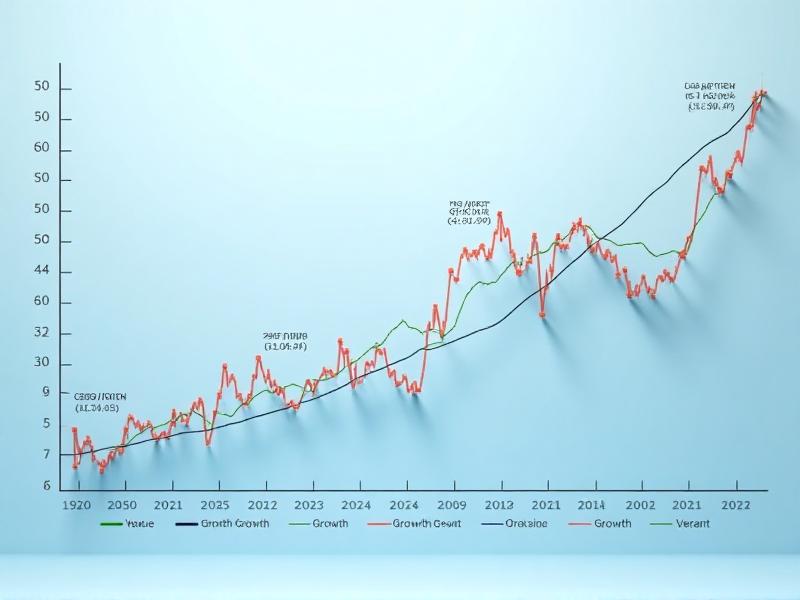
The Role of AI in Financial Planning

The Financial Benefits of a Digital Detox

Emergency Funds 101: Why and How to Build One

How to Invest in Value Stocks for Long-Term Gains
The Pros and Cons of Digital Banking
Apr 24, 2025 By Juliana Daniel
The Rise of Digital Banking: A Modern Financial Revolution
Digital banking has transformed the way we manage our finances, offering unprecedented convenience and accessibility. Gone are the days of waiting in long queues at brick-and-mortar banks. Today, with just a few taps on a smartphone, users can check balances, transfer funds, and even apply for loans. This shift has been driven by advancements in technology, changing consumer expectations, and the need for financial institutions to stay competitive. However, as with any innovation, digital banking comes with its own set of challenges and risks. This article explores the pros and cons of digital banking, providing a comprehensive overview of its impact on our financial lives.
Convenience at Your Fingertips
One of the most significant advantages of digital banking is the convenience it offers. Users can access their accounts 24/7 from anywhere in the world, provided they have an internet connection. This flexibility is particularly beneficial for those with busy schedules or who live in remote areas. Digital banking also eliminates the need for physical paperwork, as most transactions can be completed online. Additionally, features like mobile check deposits and instant notifications make managing finances easier than ever. However, this convenience can sometimes lead to over-reliance on technology, which may pose risks in the event of system outages or cyberattacks.
Enhanced Security Measures
Digital banking platforms employ advanced security measures to protect users' financial information. These include encryption, multi-factor authentication, and biometric verification. Such technologies make it difficult for unauthorized individuals to access accounts, reducing the risk of fraud. However, no system is entirely foolproof, and cybercriminals are continually developing new methods to bypass security protocols. Users must remain vigilant by using strong passwords, avoiding public Wi-Fi for banking transactions, and regularly monitoring their accounts for suspicious activity.
Cost Savings for Consumers and Banks
Digital banking can lead to significant cost savings for both consumers and financial institutions. For consumers, it eliminates the need for travel to physical branches and reduces fees associated with traditional banking services. For banks, the shift to digital reduces operational costs, such as maintaining physical branches and hiring staff. These savings can be passed on to customers in the form of lower fees and better interest rates. However, some users may face challenges in adapting to digital platforms, particularly older adults or those with limited technological literacy.
Personalization and Financial Management Tools
Digital banking platforms often come equipped with tools that help users manage their finances more effectively. These include budgeting apps, spending trackers, and personalized financial advice. Such features empower users to make informed decisions about their money and achieve their financial goals. However, the reliance on algorithms and automated systems can sometimes lead to impersonal experiences, where users feel their unique needs are not fully understood or addressed.
Accessibility and Financial Inclusion
Digital banking has the potential to promote financial inclusion by providing access to banking services for underserved populations. In many developing countries, where traditional banking infrastructure is limited, digital platforms offer a viable alternative. Mobile banking apps, for example, allow users to open accounts, make payments, and access credit without needing a physical bank branch. However, challenges such as limited internet access, lack of digital literacy, and regulatory barriers can hinder the widespread adoption of digital banking in these regions.
Environmental Impact of Digital Banking
Digital banking contributes to environmental sustainability by reducing the need for paper-based transactions and physical infrastructure. This shift can lead to a decrease in carbon emissions and resource consumption. However, the environmental impact of digital banking is not entirely positive. The energy consumption of data centers and electronic devices, as well as the production and disposal of electronic waste, are significant concerns. Financial institutions must adopt sustainable practices to mitigate these effects.
The Future of Digital Banking: Opportunities and Challenges
As digital banking continues to evolve, it presents both opportunities and challenges. Emerging technologies such as artificial intelligence, blockchain, and open banking are poised to further transform the industry. These innovations can enhance security, improve customer experiences, and create new business models. However, they also raise concerns about data privacy, regulatory compliance, and the potential for increased inequality. The future of digital banking will depend on how well financial institutions, regulators, and consumers navigate these complexities.

How to Save Money on Home Appliances

What Is A Planner For Retirement?

How to Use Robo-Advisors for Retirement Planning

How to Use Futures Contracts for Hedging

How to Invest in Real Estate Without Buying Property

How to Use Budgeting Apps to Manage Your Money

How to Invest in ESG (Environmental, Social, Governance) Funds

How to Choose the Right Hostel: 6 Tips to Avoid Bad Stays
Advertisement
